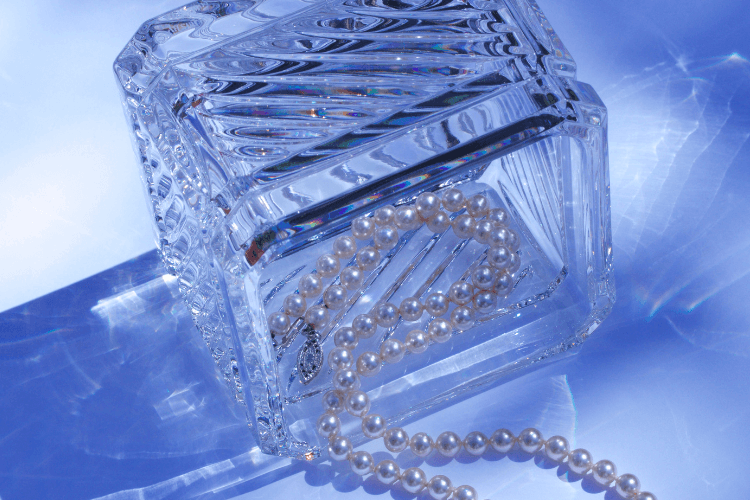Leaded crystal is one of the finest examples of decorative glassware materials that perfectly embodies elegance and sophistication, drawing admirers through its timeless beauty, intricate craftsmanship, and sparkling shine. Leaded crystal has long enthralled admirers; for centuries its alluring sparkle adorned dining tables, shelves, and display cabinets alike with its allure. In this article we delve deeper into its fascinating world – its history, making process, and lasting appeal are explored herein.
A Glint Through History: The Origins of Leaded Crystal
Leaded crystal, commonly referred to simply as crystal, derives its name from Latin word “crystallus,” or ice, due to its translucent and icy appearance. Crystal production dates back as far as ancient civilizations; evidence can be found of early production from Egypt, Rome and Mesopotamia as intricately carved glass objects can attest. A significant turning point occurred in 17th century England when English glassmaker George Ravenscroft introduced lead oxide into his glass mixture mix for production purposes.
Leaded crystal was born from the addition of leaded into glass’ composition. This gave rise to its brilliance and amazing ability to reflect light – marking its birth and elevating it beyond ordinary glassware in terms of elegance and beauty. This led to its rise as an elegant, beautiful form.
The Craftsmanship Behind the Brilliance
Leaded crystal is an intricate process requiring skill and precision. A skilled craftsperson known as a glass blower or glassmaker begins the process by melting a mixture of silica sand, soda ash, and lead oxide at extremely high temperatures; adding up to 30% lead oxide contributes to its brilliance while simultaneously increasing density, weight, and malleability of the material.
After the glass has been well mixed and molten the glassmaker employs a variety of methods, including blowing, molding, or cutting to form the glass into the shape they want it to be. After that, the crystal gets cool and polished. Sometimes, it is cut or engraved to form intricate patterns and facets that capture and reflect light in fascinating ways. This exacting workmanship is what gives leaded crystal its unique beauty and radiance.
Elegance in Every Facet: The Enduring Appeal of Leaded Crystal
Leaded crystal is beloved not only because of its shimmering beauty but also for its versatility. From delicate stemware that graces grand occasions to intricately cut vases that hold bouquets of fresh flowers, leaded crystal fits seamlessly into various settings – adding elegance to every setting in which it appears.
Leaded crystal is instantly recognisable with its distinct “ping” sound when two crystal glasses collide gently together – often known as the “sound of high quality”, this distinctive tone indicates its superior material qualities and clarity that set it apart from other glassware options.
Caring for Leaded Crystal: A Testament to Timeless Beauty
Leaded crystal is not only a mark of refined taste but also of meticulous care. Due to its lead content, crystal is more susceptible to scratches and other forms of damage compared to regular glassware; to keep its elegance preserved it’s recommended hand washing with warm water, mild soap, and soft cloth after each use – excessive temperature changes could crack it!
Its history is intertwined with glassmaking techniques and aesthetic perfection; from its roots in ancient civilizations to fine homes and establishments today. Leaded crystal continues to dazzle viewers of all generations; its ability to transform light into a dazzling array of colors and reflections will keep it captivating for years to come – winning hearts of those who appreciate its delicate balance between art, science, and beauty.

